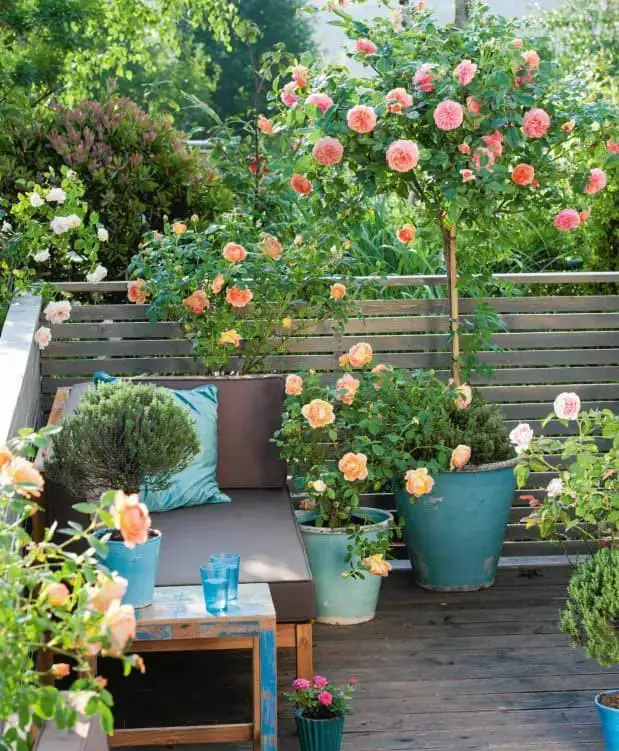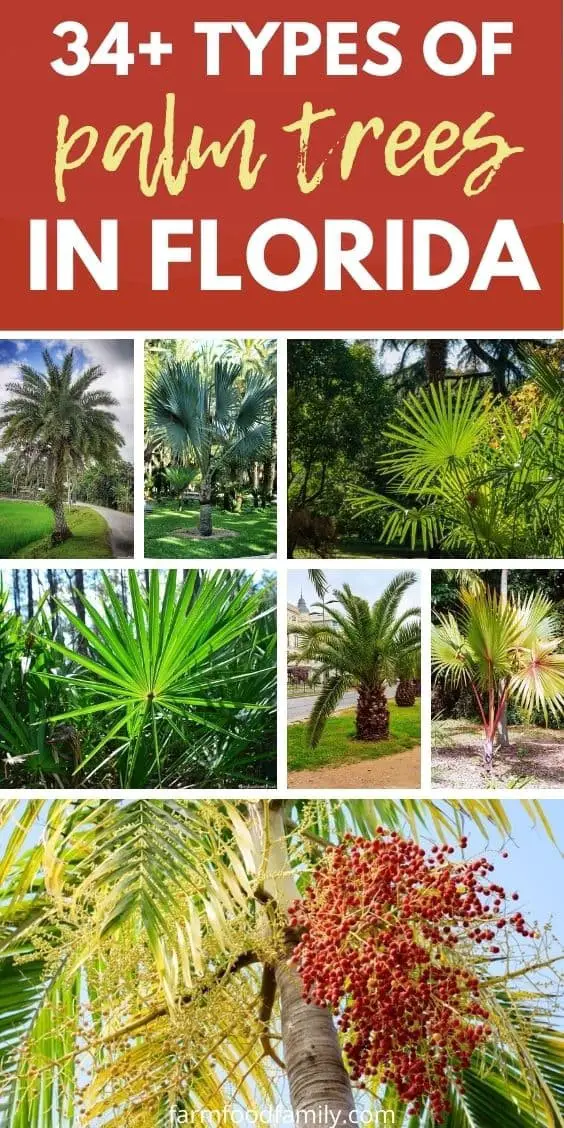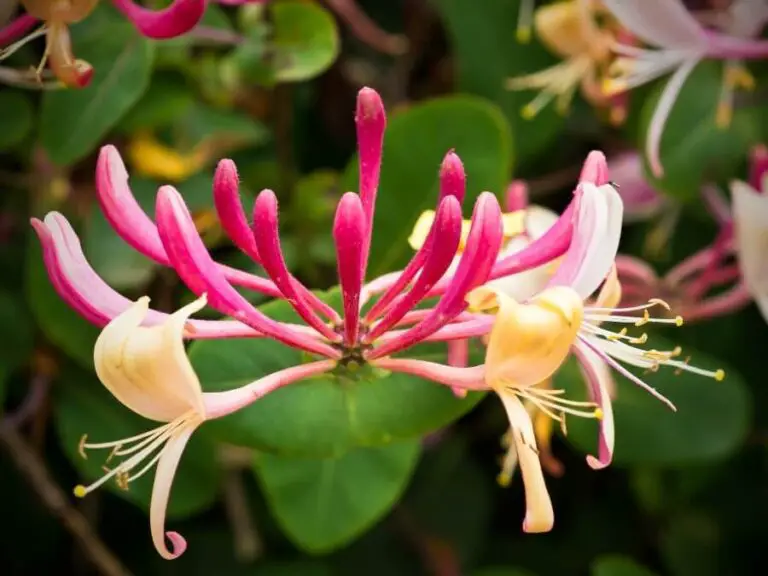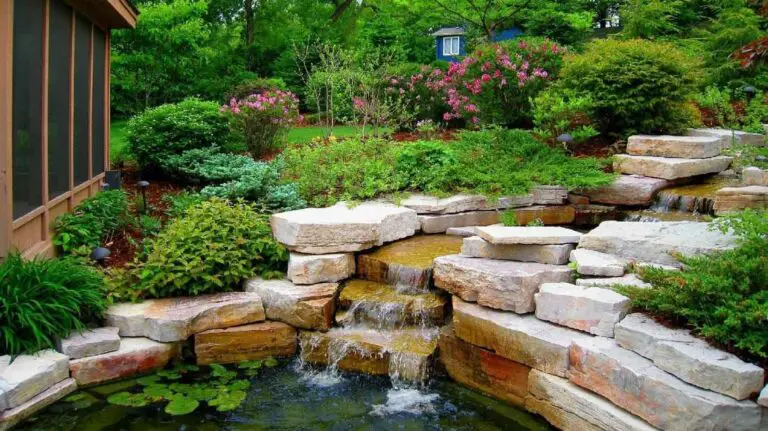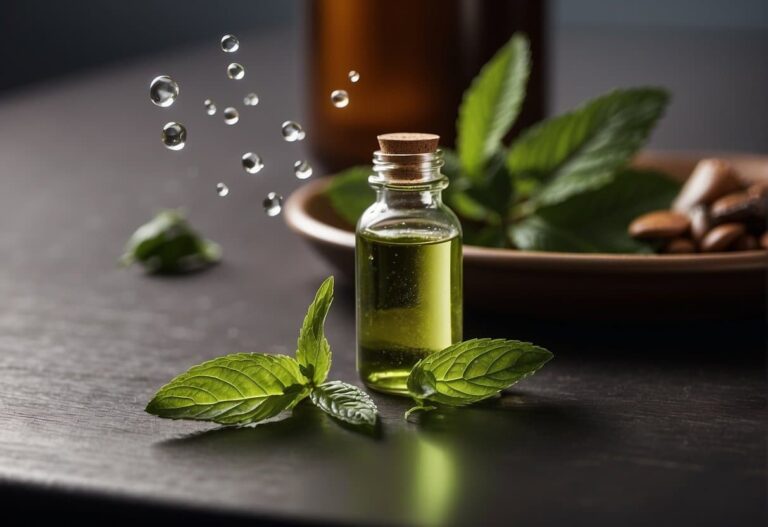27 Desert Plants With Names And Pictures (Flowering, Edible, Poisonous, And More)
Desert plants are often misunderstood, but they can be a wonderful addition to any garden. Not only do they conserve water, making them a great choice for areas with limited rainfall, but they’re also low-maintenance and easy to care for. In fact, many people have come to appreciate the unique beauty and benefits of desert plants in their homes and gardens.
If you’re thinking of adding some desert flair to your outdoor space, it’s essential to understand which types of plants will thrive in your specific climate zone. This article aims to help you do just that by categorizing 27 different desert plants into five groups. From flowering plants to edible ones, we’ll explore the diversity and versatility of these amazing plants.
Flowering Plants
Imagine a scenario where the sweltering heat of summer leaves your garden looking dull and lifeless – devoid of vibrant blooms and lush grass. However, with the right selection of wildflowers, you can transform this lackluster landscape into a stunning display of color and texture. Consider planting these hardy yet beautiful blooms to inject some much-needed vibrancy into your outdoor space.
Desert Willow Tree (Chilopsis linearis)
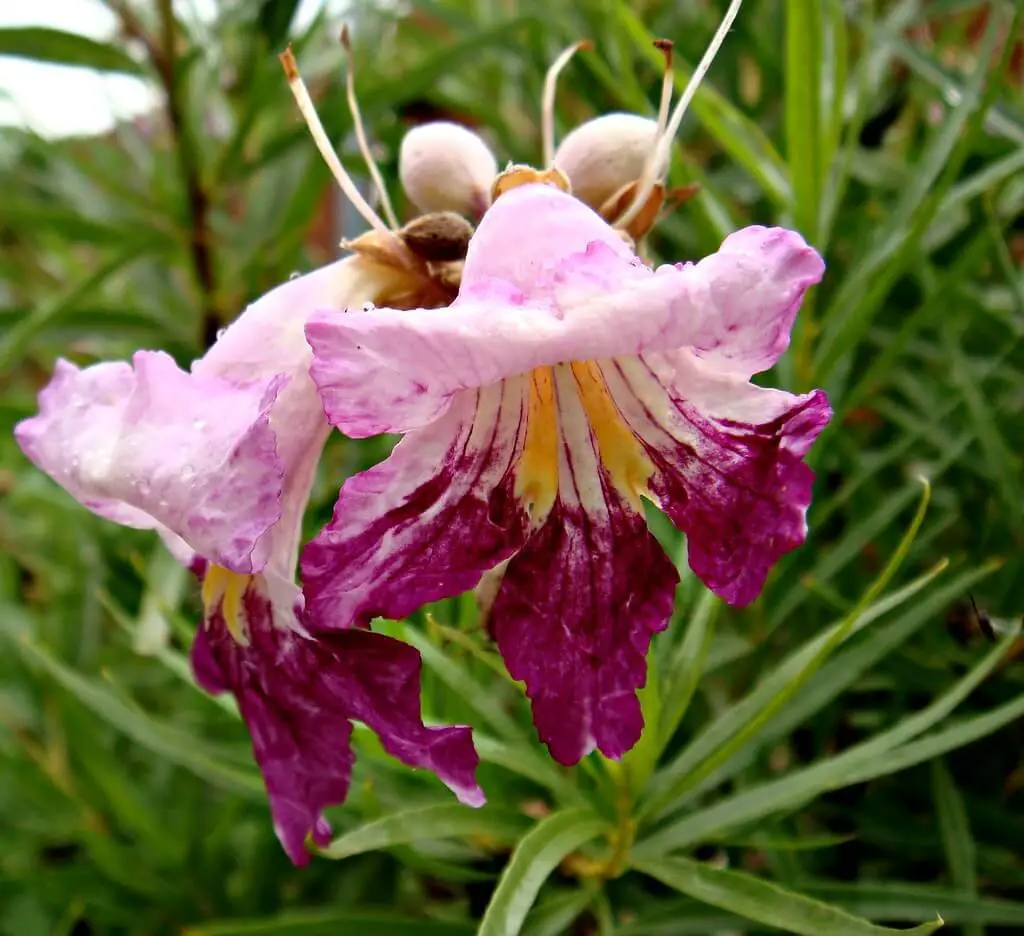
If vibrant colors and fragrant blooms are your cup of tea, look no further than Desert Willow for your garden. Despite reaching a modest height of 30 feet or less, this compact tree packs a big punch. Its dainty flowers come in a rainbow of hues – yellow, white, pink, and purple – adding a pop of color to your outdoor space without overwhelming the senses.
But that’s not all; Desert Willow also releases a sweet fragrance that beckons bees and birds alike.
Imagine waking up each morning to the soothing serenade of birdsong in your own backyard! With a Desert Willow, you’ll enjoy not only the visual beauty but also the auditory delight it brings to your garden.
Desert Marigold (Baileya multiradiata)
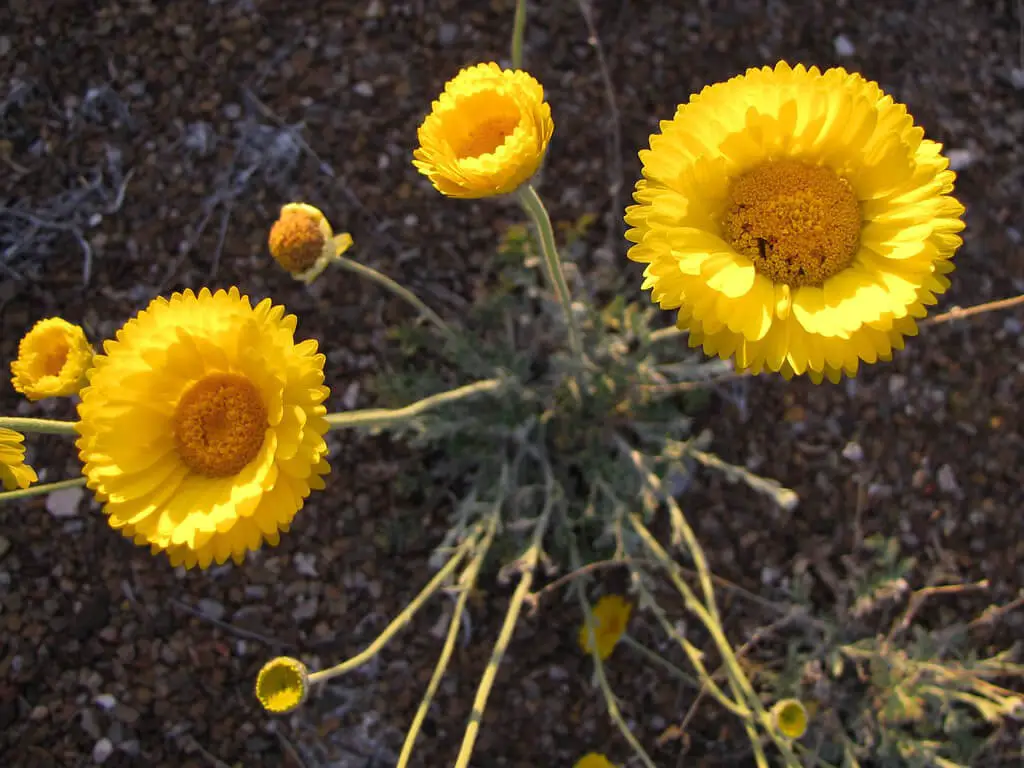
Desert Marigold, also known as Mary’s Gold, is a wildflower with a rich history and cultural significance. Its connection to the Virgin Mary dates back to the beautiful name derived from ‘Mary’s Gold’. However, its importance extends far beyond this association. This stunning plant can add a touch of elegance to your garden with its thick blanket of bright yellow flowers, each bud tightly sealed in a hardball.
Perfect as an ornament plant for indoor spaces, Desert Marigold is a lovely addition to any home. Interestingly, it’s commonly found growing on roadsides from March to November.
Desert Lily (Hesperocallis)
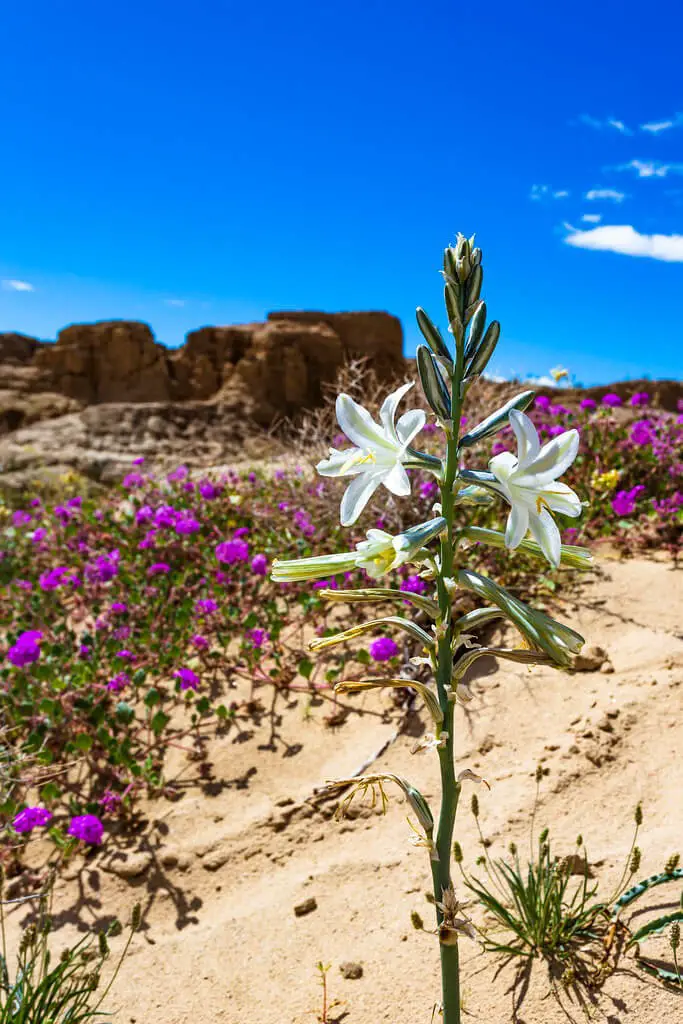
The Desert Lily, a plant that’s often mistaken for its more famous cousin, is actually a unique species with its own charm. While it may not be the true lily we’re familiar with, its white flowers are undeniably striking, featuring a silver or green mid-stripe and emitting a sweet fragrance at night. Typically found growing along desert roads in Southwest USA and Mexico, this plant has a distinct lifecycle, germinating seeds in winter and producing blooms in spring.
Its subtle yet alluring beauty makes it a popular sight among nature enthusiasts.
Lantana
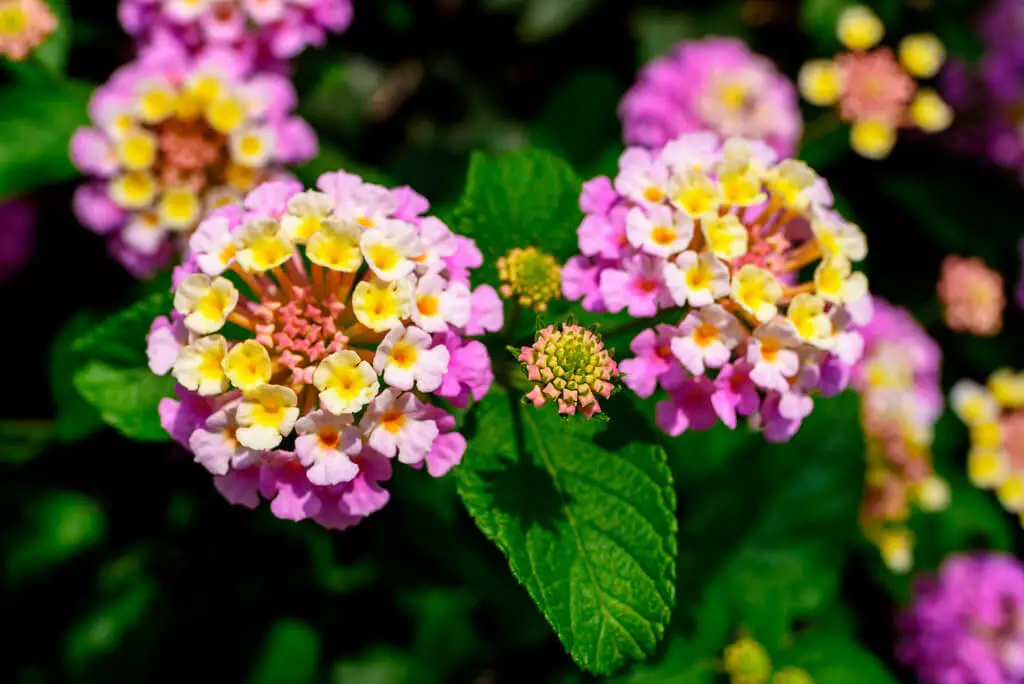
Toshihiro Gamo introduces us to Lantana, a vibrant group of flowering desert plants that originated in Africa, Central America, and South America. However, it’s not just their tropical roots that make them special – they’ve also found a home in Australia, where they’re prized for their ornamental beauty. One of the most striking features of these plants is their small but showy flowers, which burst forth in an array of colours including red, purple, yellow, white, and orange.
But Lantana’s charm doesn’t stop there – the flowers also release a sweetly aromatic fragrance that’s sure to delight butterfly enthusiasts. Whether you’re looking to add some colour and scent to your garden or simply appreciate these beautiful plants for their own sake, Lantana is definitely worth getting to know.
Desert Sage (Salvia dorrii)
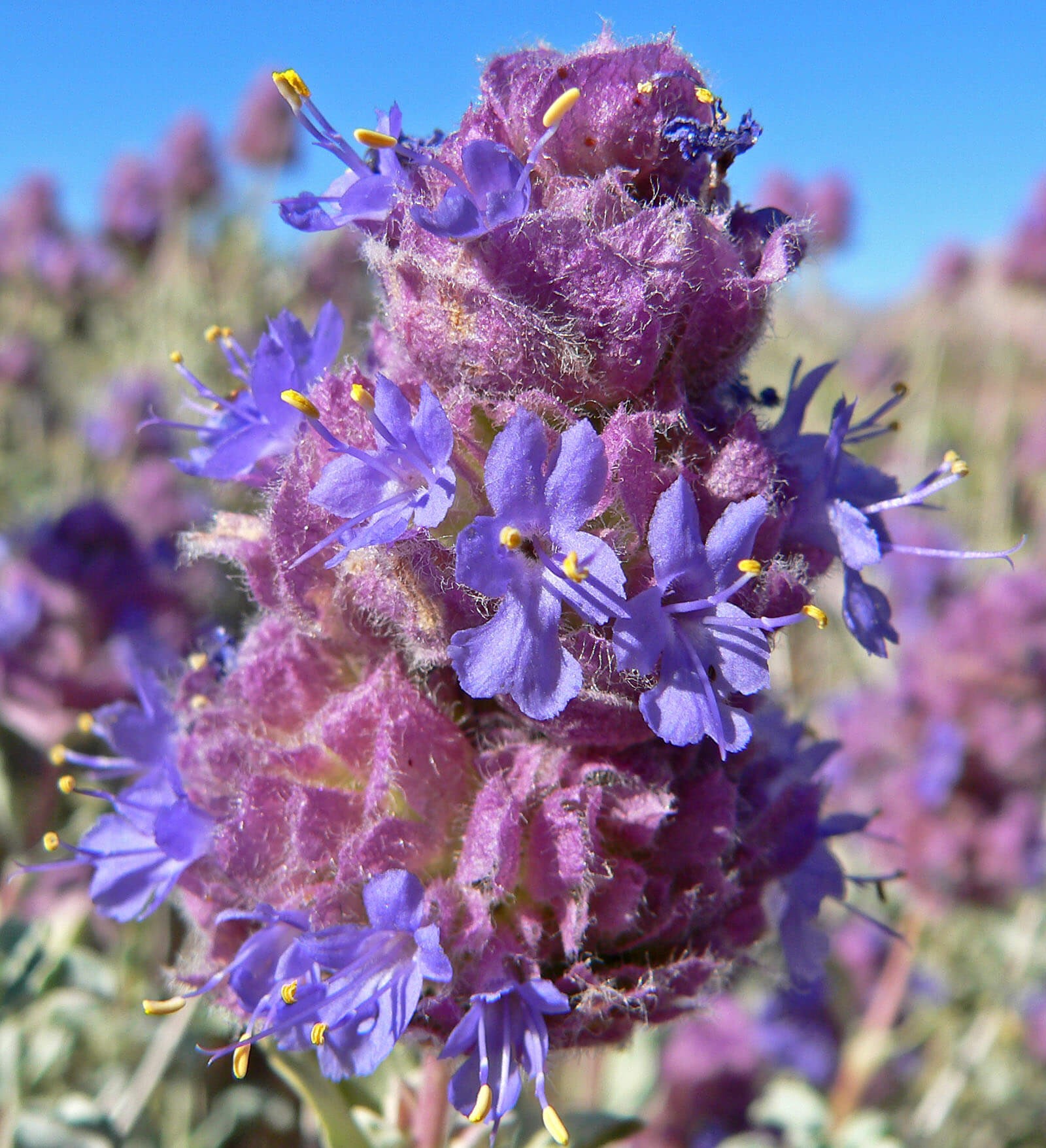
A desert sage’s vibrant appearance makes it a standout addition to any garden. The plant produces clusters of bright purple and blue flowers, complemented by frosty gray foliage that adds a touch of elegance. One of the unique features of this wildflower is its ability to maintain a neat shape without pruning, making it a low-maintenance option for gardeners.
Additionally, the leaves release an aromatic fragrance that’s sure to attract both humans and animals, adding an extra layer of charm to your outdoor space.
Hibiscus
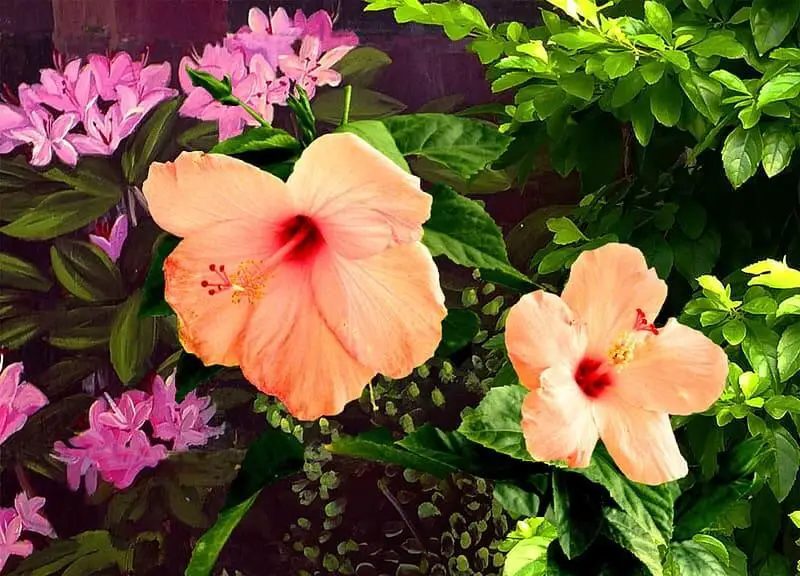
With its vibrant colors and delicate petals, hibiscus is a desert flower that thrives in warm sunlight. Native to many parts of the world, this beauty is sought after by gardeners for its stunning blooms that add an undeniable charm to any outdoor space. But hibiscus isn’t just a pretty face – it also boasts impressive health benefits when consumed as a tea rich in Vitamin C. There are two main types of hibiscus: perennial and tropical.
While the tropical variety is short-lived, lasting only one season, the perennial type can survive for longer periods but still has its limits, not exceeding four seasons.
Edible Desert Plants
In the midst of a wilderness adventure, it’s understandable to worry about sustenance. However, nature has provided an abundance of edible options. Rather than fearing the unknown, it’s essential to learn which desert flora can be safely consumed. The following list highlights various edible plants that can supplement your survival needs.
Prickly Pear Cactus (Opuntia)
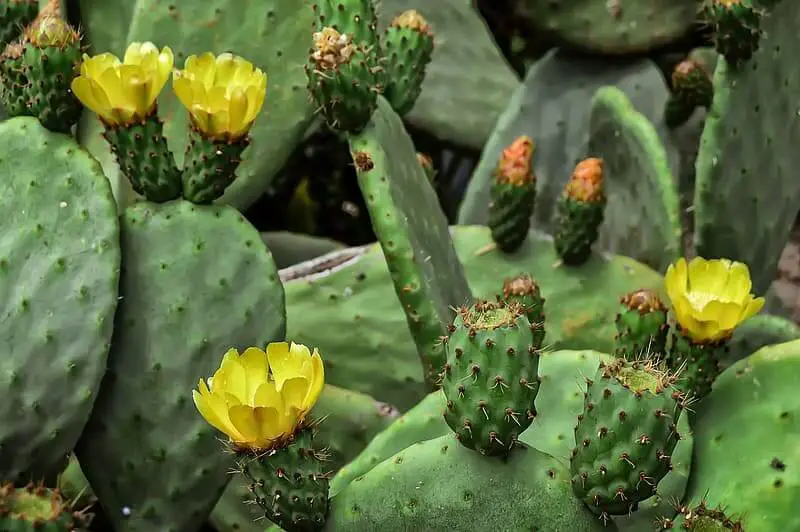
Prickly pear is a multifaceted delight, boasting edible flowers, fruits, and pads that can be savored after meticulous cleaning and spine removal. The pads serve as a vital food source, while the pears ripen into sweet and succulent treats. These nutritional powerhouses are rich in essential vitamins like Vitamin C and fiber, making them a nutritious indulgence.
Beyond its gastronomic appeal, prickly pear also makes for a stunning garden feature, transforming into a lush green hue during spring and adopting a wilted appearance during winter. To thrive, the plant requires full sun and well-drained soil. Its dual nature as both a culinary treasure and a visually appealing plant has earned it a special place in many gardens.
Saguaro Cactus (Carnegiea gigantea)
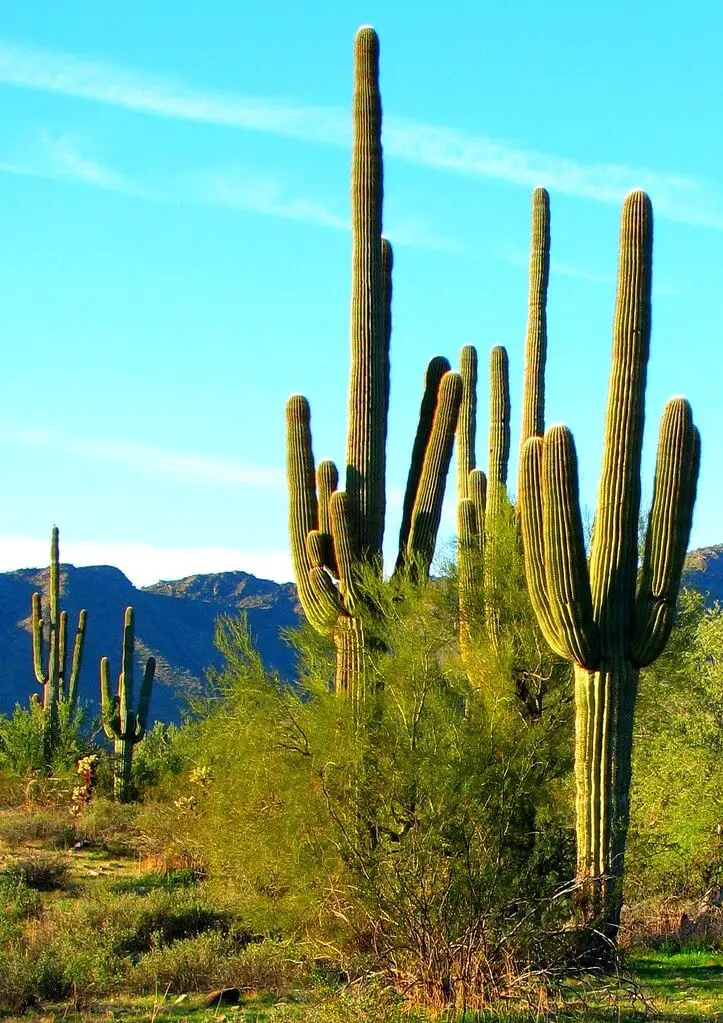
Rennett Stowe, a cactus family member, offers more than just its striking appearance – it’s also a culinary delight. Native communities have relied on the tree’s edible fruits for sustenance over the years, and they’re even used to craft jelly and jam. Reaching heights of up to 40 feet, Saguaro requires a bit of effort to knock its fruit to the ground, but the reward is well worth it.
Beyond its practical uses, the tree’s ornamental value is undeniable.
With minimal care, it can thrive in your garden for many years, providing a unique and beautiful display. Its nocturnal flowers, which bloom in shades of yellow and white, are particularly striking – opening at night to showcase their beauty before closing during the day to protect themselves from the heat. The Saguaro’s low-maintenance nature makes it an excellent choice for gardeners of all experience levels.
Cholla (Cylindropuntia)
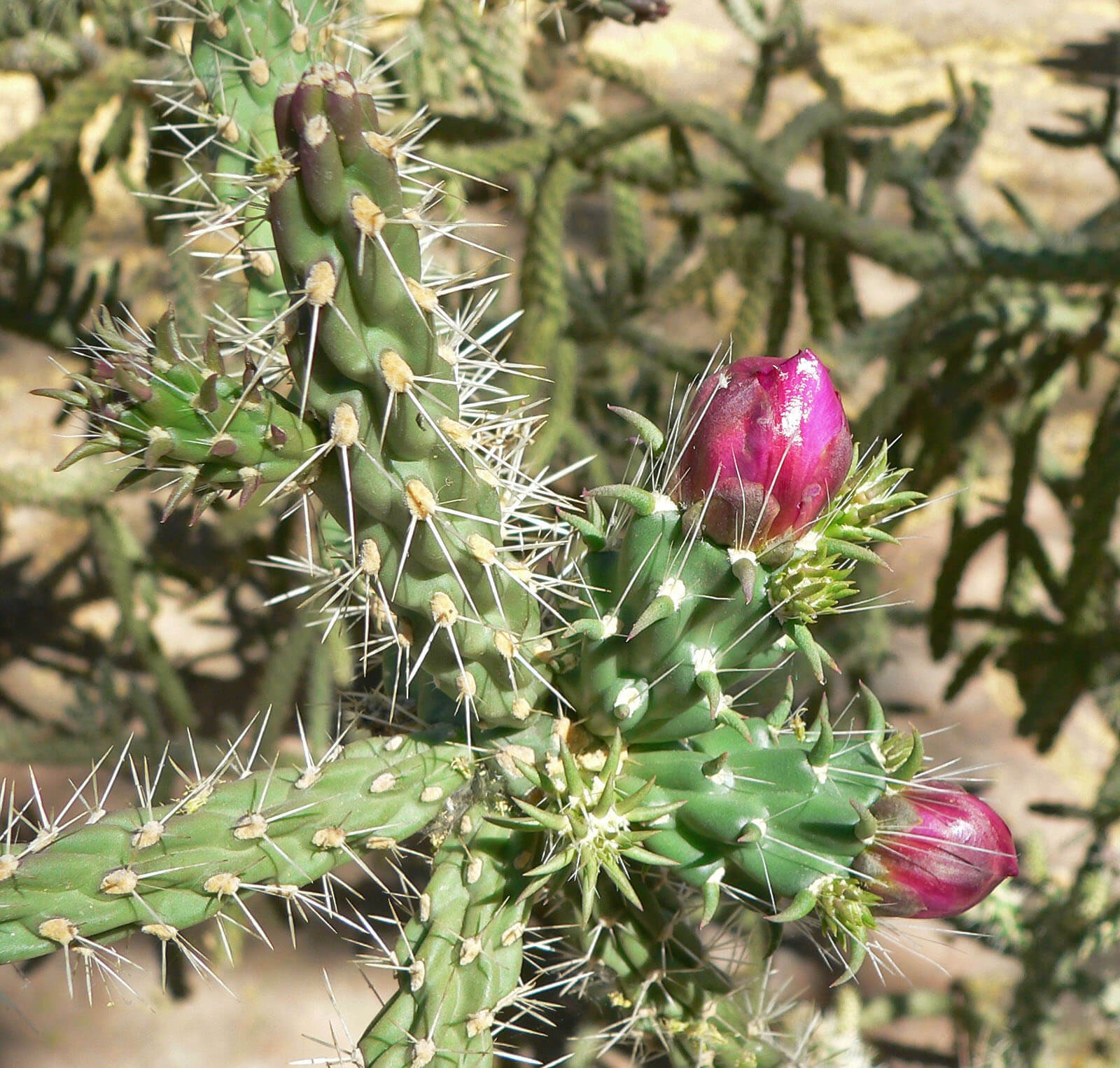
The various Cholla species may seem daunting, but most of them offer edible delights. Native populations have been known to consume the immature flower buds, non-woody joints, and ripened fruit with relish. Interestingly, the desert tree’s fruit bears a striking resemblance to strawberries, while its edible joints possess a subtle kiwi-like flavor profile. However, it’s crucial to exercise caution when interacting with jumping Cholla, as its spines can be launched at unsuspecting individuals.
The painful pricking sensation and potential difficulty in removing the spines from clothing make for an unpleasant experience. Moreover, most Cholla varieties are adorned with spines that require careful removal before consumption.
Mesquite
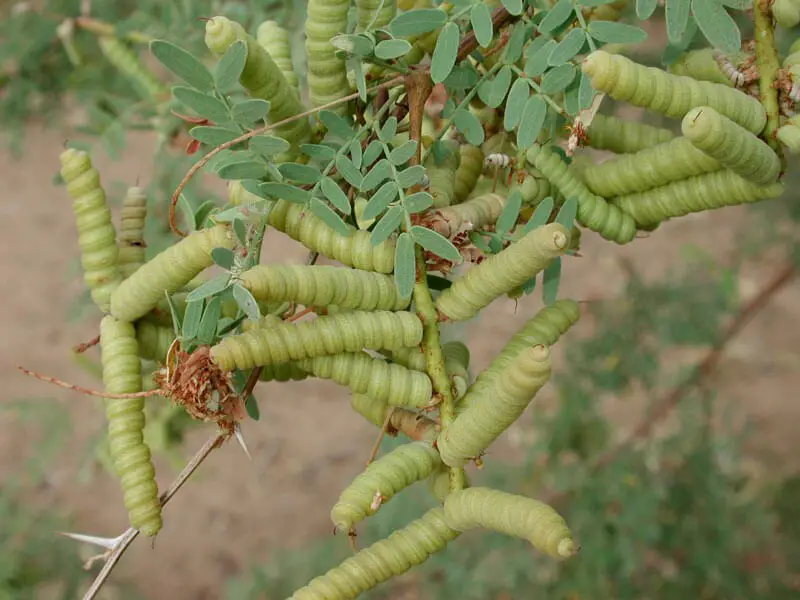
Initially, it may seem astonishing that the plant with smoky flowers can yield something edible. However, as you delve deeper into its uses, you’ll discover the impressive capabilities of this desert gem. The plant’s wood is renowned for its unique property of adding a distinctive earthy flavor to smoked meats. This savory quality has made it an integral part of traditional cooking methods. Beyond its smoking capabilities, the mesquite plant produces pods that resemble garden peas.
These seeds are rich in vital nutrients like protein, iron, potassium, and manganese, making them an excellent choice for those seeking a nutritious flour option. Moreover, the low glycemic index of these seeds makes them an ideal choice for individuals with diabetes.
Yucca
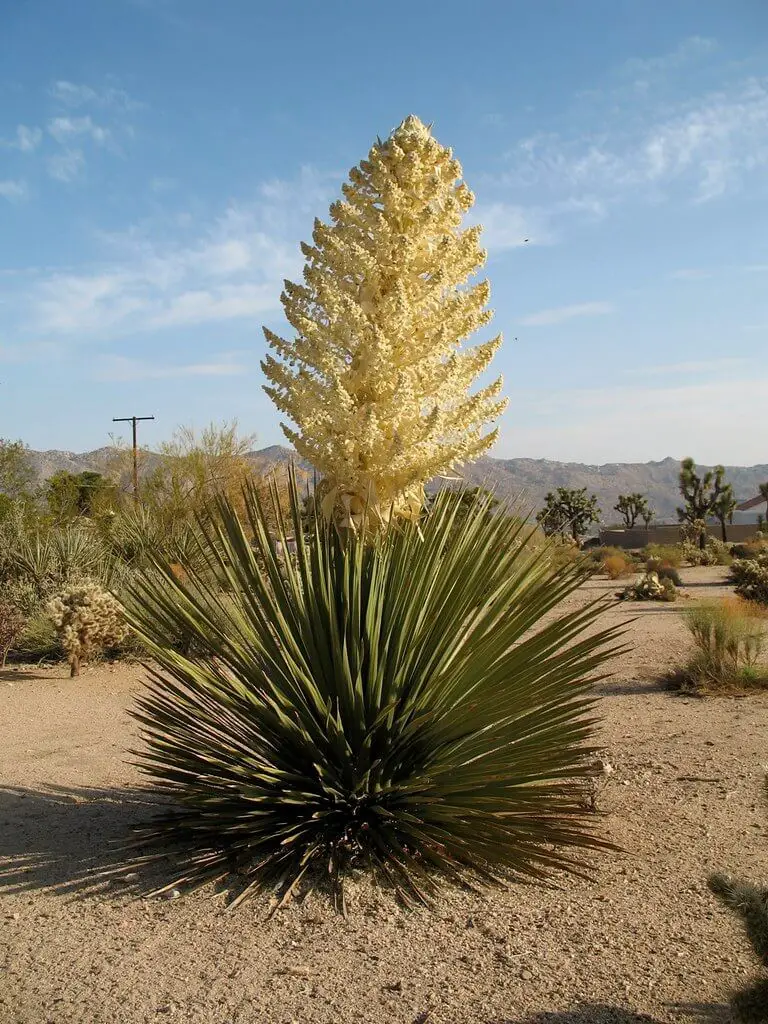
Luke Jones shares his expertise on foraging in the wilderness. Among the many edible plants that can be found in desert landscapes is the Yucca plant, characterized by its distinctive spiky leaves. A common sight during summer months, Yucca fruits are ripe for the picking and can be enjoyed raw or grilled to bring out their full flavor potential. Beyond its fruit, the Yucca plant also offers a culinary delight in the form of its edible leaves, which exhibit an oily texture.
To prepare them, simply remove the skin, boil the interior, and then savor the resulting vegetable dish. Moreover, Yucca’s roots are also fit for consumption, further solidifying this desert plant’s reputation as a versatile foraging find.
Poisonous Desert Plants
While it’s crucial to know what edible plants can sustain you in the desert, it’s equally important to be aware of the poisonous ones that can cause harm. Some desert flora can trigger stomach upset or allergic reactions, while others may have milky sap that’s best avoided. Additionally, certain plants like red beans are particularly toxic and require a wide berth. To ensure your safety, it’s always best to steer clear of any plant you’re unfamiliar with.
Here’s a list of desert plants to exercise caution around:
Datura
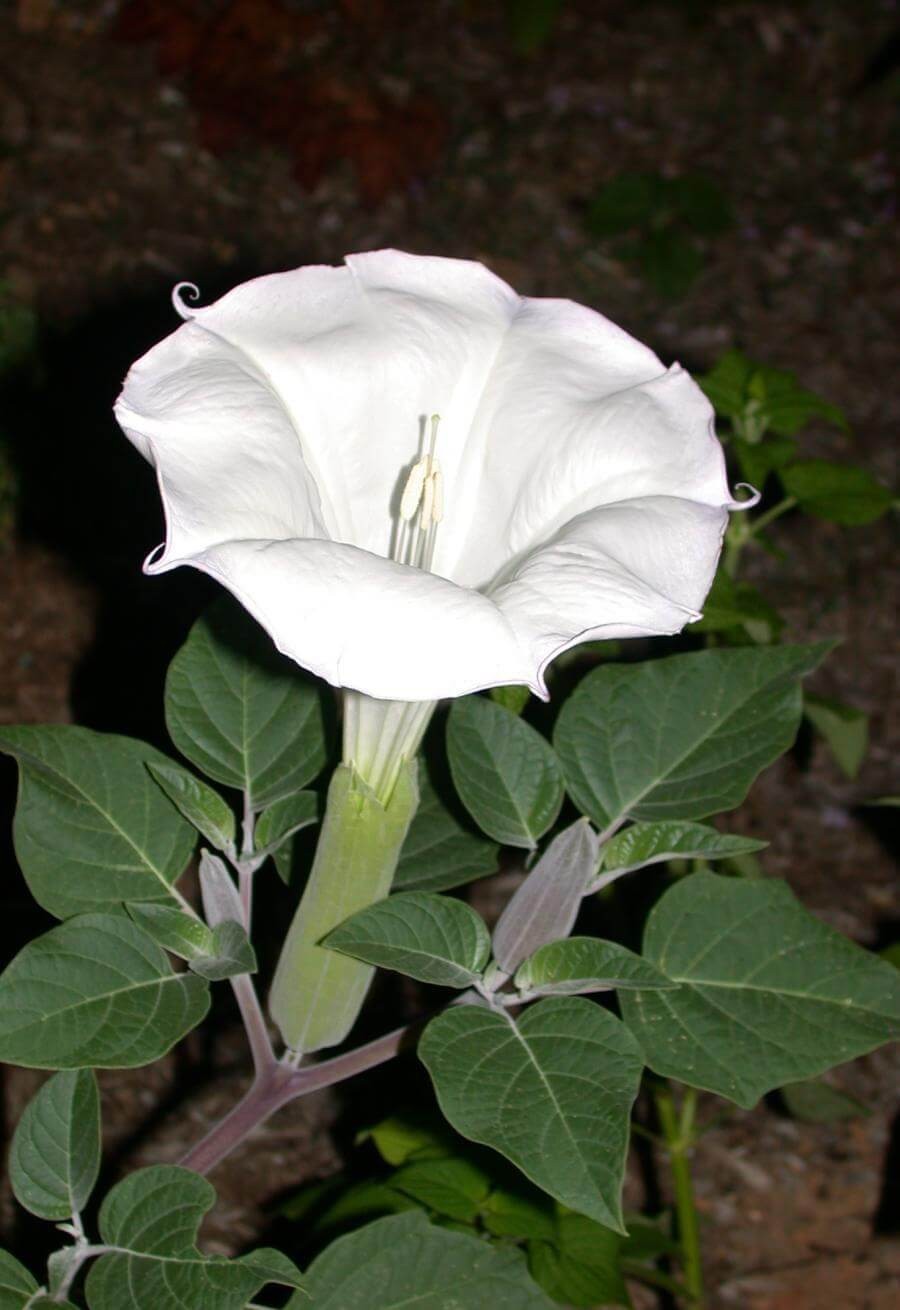
Datura, a highly toxic plant, exhibits its poisonous properties throughout its entire structure – from the fruit stem to the roots. One of its most distinctive features is the spiny fruit it produces. Its hallucinogenic effects have made it alluring to many individuals seeking a unique experience.
However, this allure comes with severe consequences. Datura use can lead to vivid hallucinations, disorientation, rapid heartbeat, and impaired bodily functions such as sweating and urination.
The duration of these effects varies greatly depending on the amount consumed, potentially lasting for hours or even days. In extreme cases, Datura ingestion can be fatal.
Visually, the plant stands out due to its six-inch long leaves and flowers, which are often white or pink in color and known as devil’s trumpets. The entire plant grows to a height of approximately two feet.
Texas Mountain Laurel (Dermatophyllum secundiflorum)
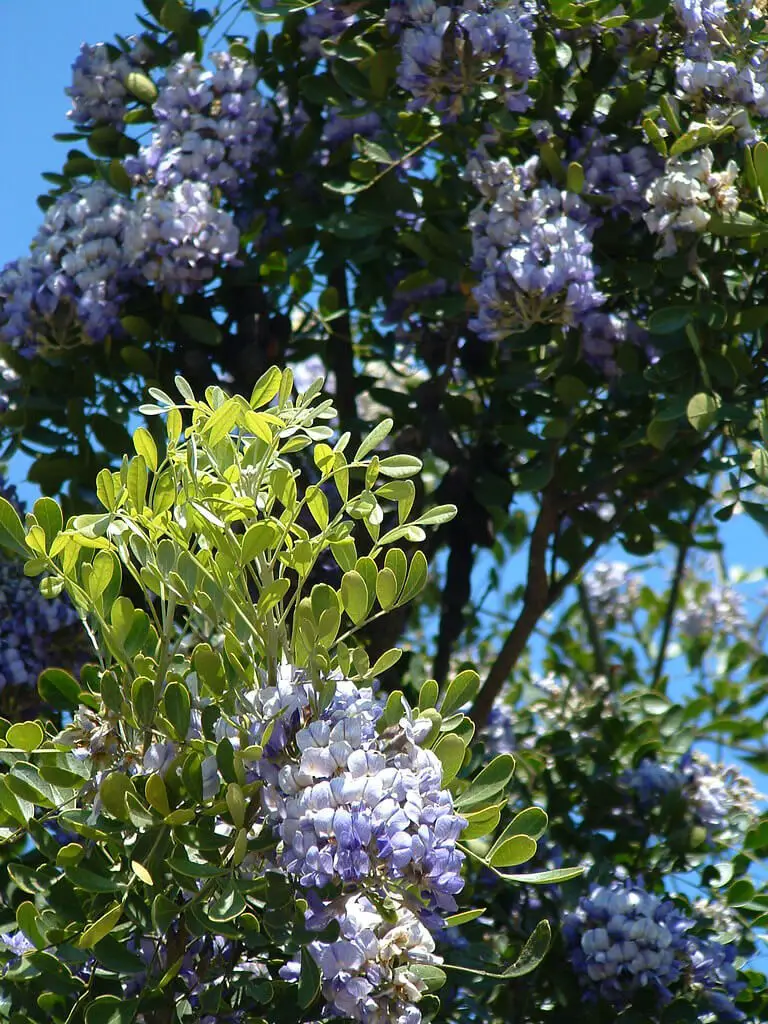
Micklpickle, a shrub belonging to the legume family, poses a significant threat to both humans and animals in its desert habitat. Like datura, this plant is a potent hallucinogen that has tempted many individuals to experiment with it. Despite its alluring purple flowers emitting a sweet fragrance and woody pods containing red seeds, caution must be exercised as the entire plant is extremely toxic.
The toxic compound responsible for these adverse effects is cytosine, which exhibits similar properties to nicotine when ingested. When chewed, micklpickle can induce a range of unpleasant symptoms including nausea, rapid heart rate, seizures, muscle weakness, and vivid hallucinations.
New Mexico Locust (Robinia neomexicana)
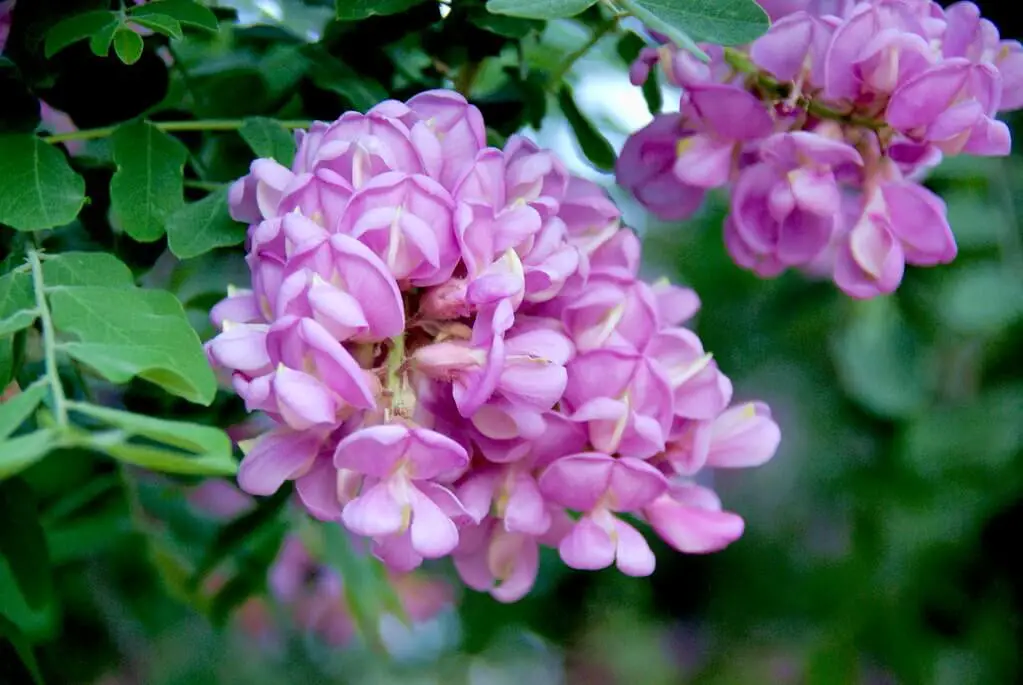
The Desert Locust Tree (Al_ HikesAZ) is a common sight in Arizona, boasting stunning pickling flowers that bloom during late spring and early summer. As the flowers wither, they give way to hairy bean-like pods that can be deadly if ingested. This plant poses a significant risk to children, who are particularly vulnerable due to their smaller size. Therefore, it’s crucial not to cultivate this tree in areas where children frequent.
Additionally, caution should be exercised when handling the leaves, as they have been known to cause serious skin irritation. Furthermore, the spines on this tree possess razor-sharp edges that can easily prick and irritate human skin. It is essential to exercise extreme care when interacting with this plant.
Desert Tobacco (Nicotiana obtusifolia)
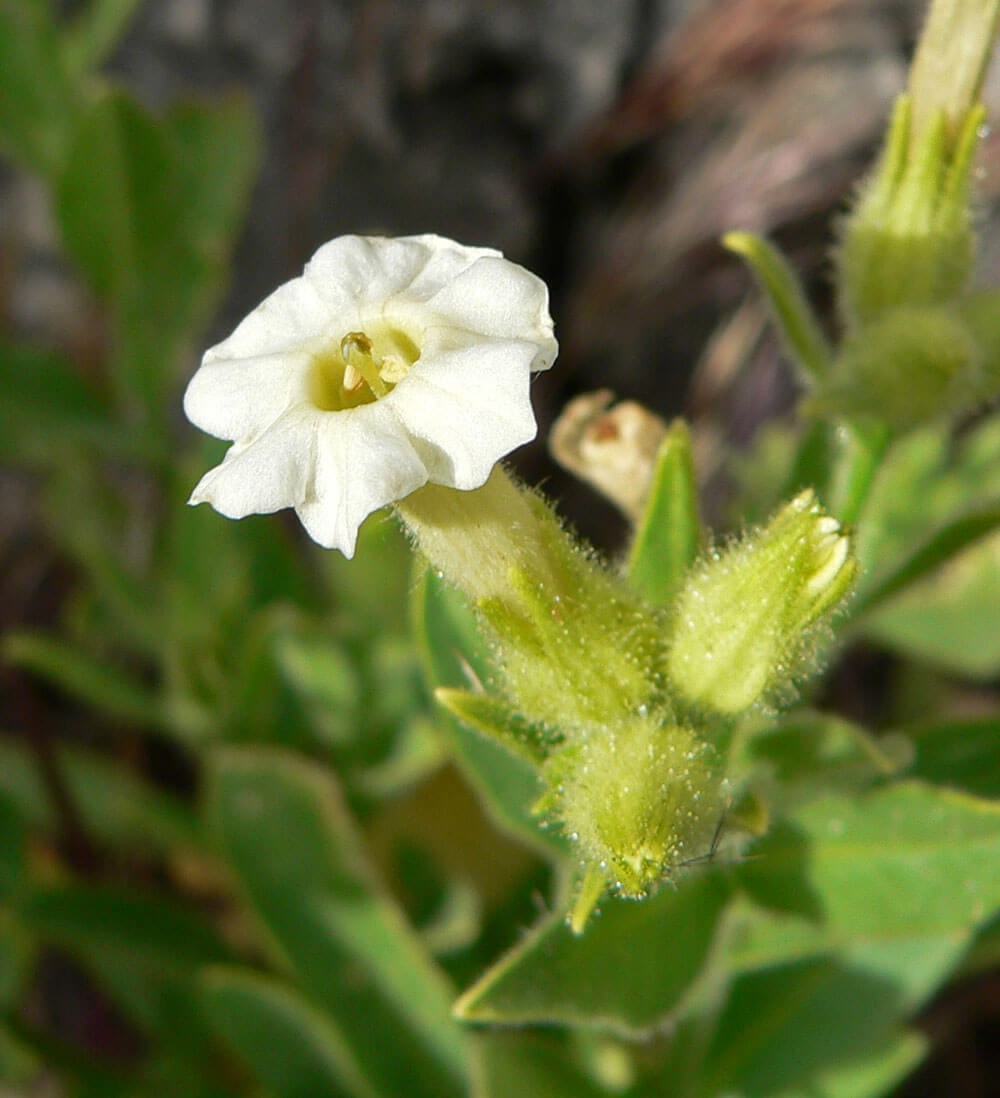
While desert tobacco may appear visually appealing, its beauty belies the danger it poses. As a member of the nightshade family, this plant is toxic to both animals and humans, with the severity of its effects dependent on the size and age of the individual. The plant’s unique characteristics include greenish-white or pale yellow flowers shaped like trumpets, small brown seeds, and a sticky, hairy exterior.
Despite its poisonous nature, desert tobacco has been used in various contexts, including ceremonies, medicine, and as a source of pleasure. Interestingly, it’s also been employed for landscaping purposes.
Desert Rose (Adenium obesum)
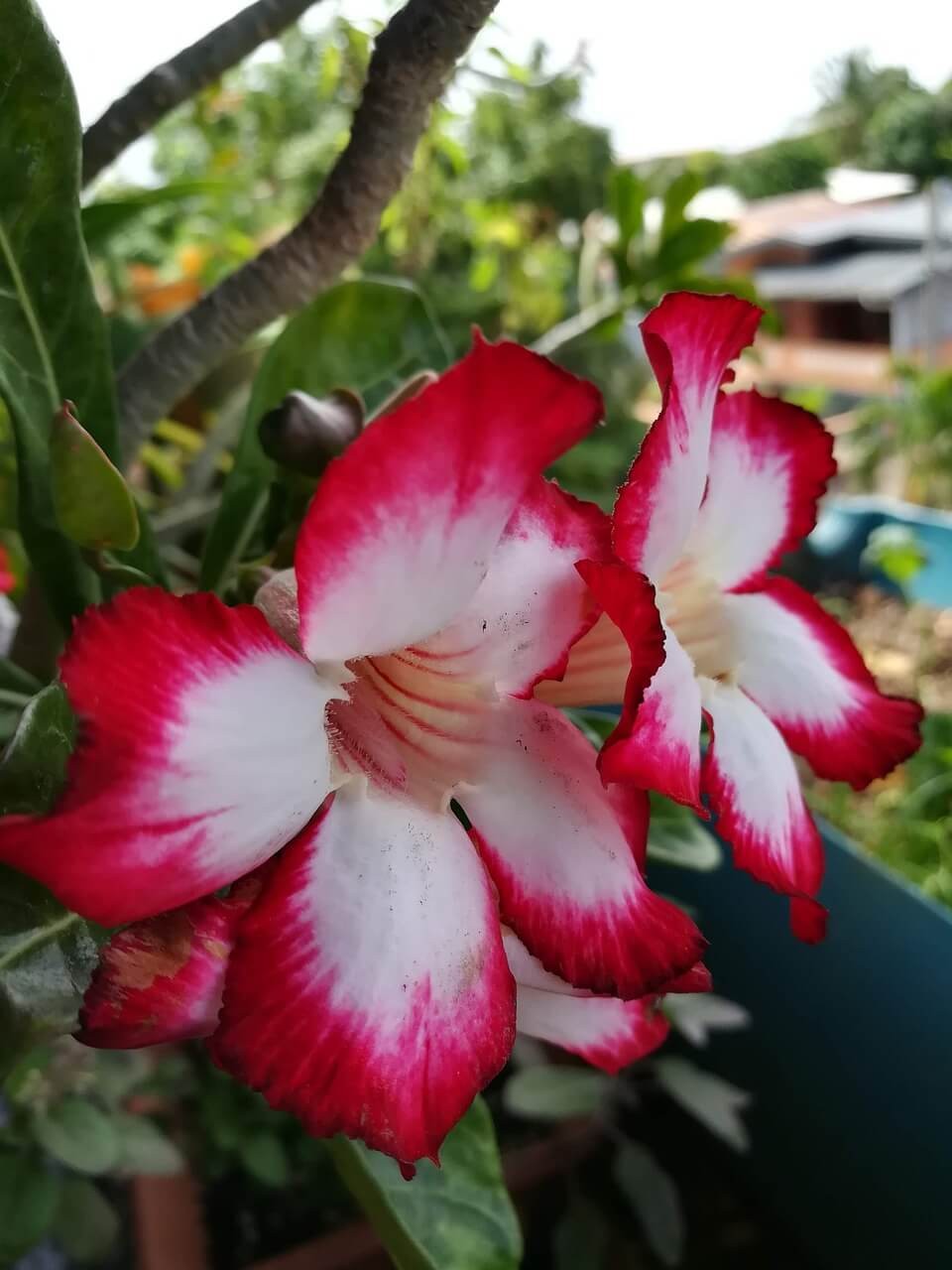
Desert rose, also known as Adenium, boasts a striking grey-green back and is often cultivated as a garden ornament or attractive evergreen houseplant. Despite its deadly reputation, this desert plant thrives in dry seasons with well-drained soils and partial shade, requiring minimal maintenance. Its beautiful blooms come in shades of pink, white, and red, making it an irresistible choice for many garden enthusiasts.
However, it’s essential to exercise extreme caution when handling the desert rose, as its toxic properties can be fatal if ingested in large amounts, posing a significant risk to humans and pets alike. If you have children or pets at home, it’s crucial to take necessary precautions to ensure their safety. In fact, the desert rose is so potent that even small amounts can cause harm, making it vital to keep it out of reach from curious fingers.
Cold Desert Plants
In contrast, frigid deserts harbor a plethora of salt and chemical deposits, rendering the terrain inhospitable to most plant life. Unrelenting snowfall and extreme temperatures necessitate specialized adaptations for survival, resulting in deciduous plants with spiny foliage that have evolved to thrive in this unforgiving environment.
Sagebrush (Artemisia tridentata)
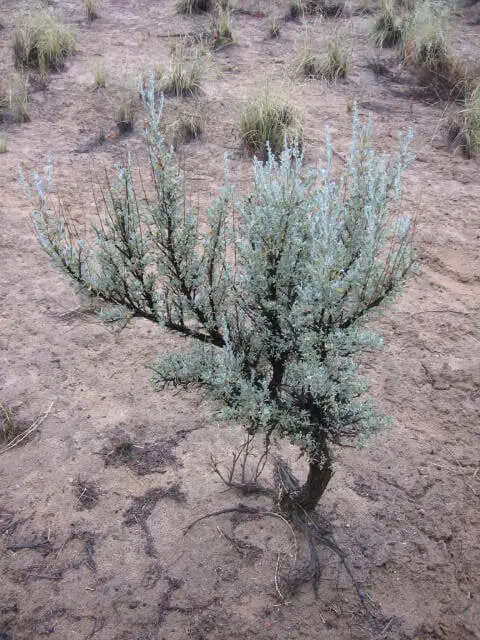
Sagebrush, a prominent species in cold deserts, typically reaches heights of just half a foot to four feet. Despite their modest stature, they cover an impressive amount of ground, making up as much as 85% of the desert’s surface area. These hardy plants thrive in salty soil conditions, which is fitting given their prevalence in regions with significant salt deposits – namely, the Great Basin. This region’s unique geology has created ideal habitats for sagebrush to flourish.
When you spot a stand of these plants, look for their characteristic grey foliage and pale yellow blooms that evoke the appearance of miniature sunflowers.
Rubber Rabbitbrush (Ericameria nauseosa)
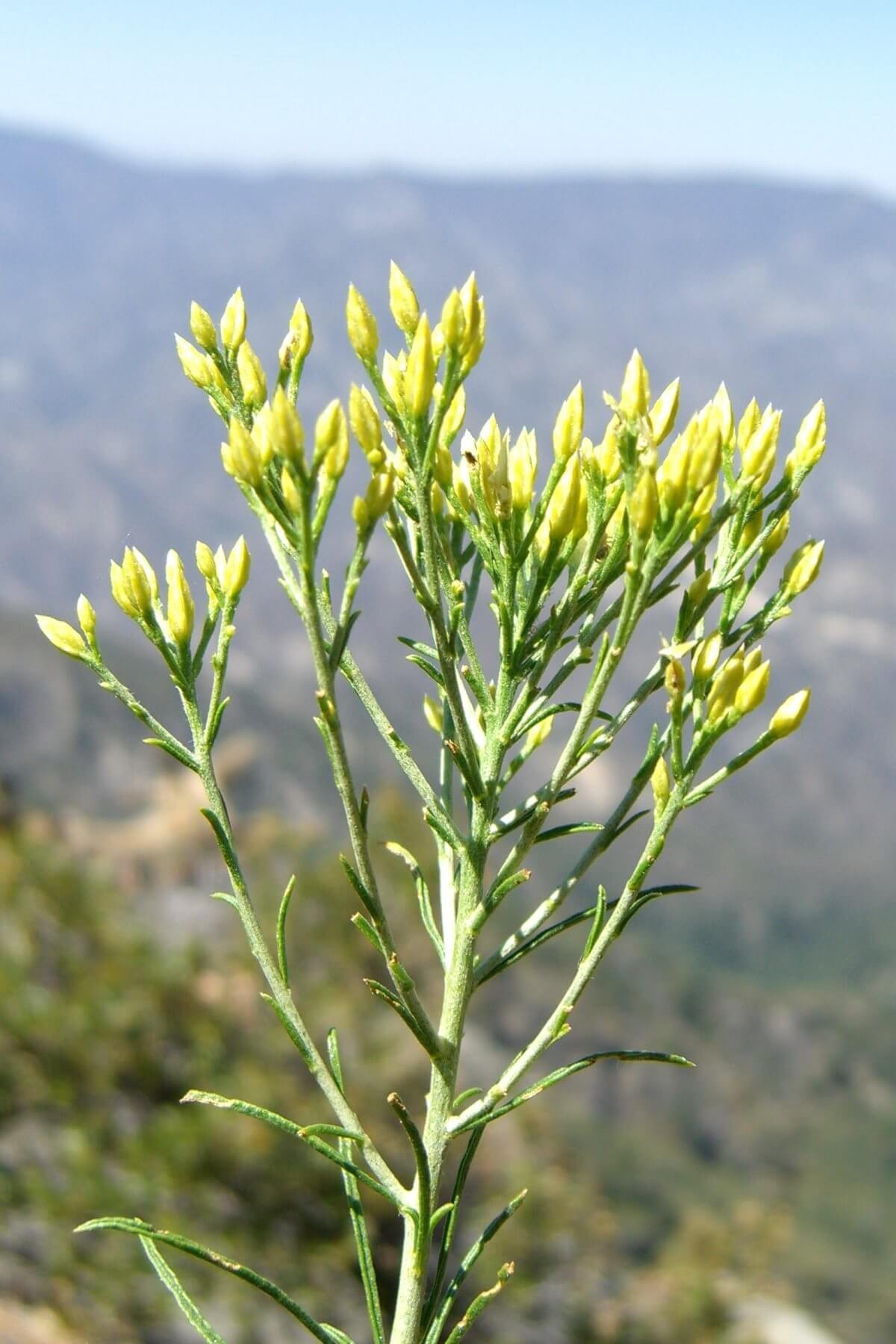
The Rubber Rabbitbrush is a hardy desert dweller that thrives on the Colorado Plateau, where it’s adapted to survive on limited moisture and salt-laden soils. Its unique waxy coating, comprising trichomes, not only insulates its leaves and stems but also helps protect them from the harsh environment. As they mature, these shrubs typically reach heights of one to four feet, with vibrant yellow and green flowers blooming from June to September, adding a pop of color to the arid landscape.
While they’re naturally found in the wild, you can also cultivate Rubber Rabbitbrush in your own garden, where it will tolerate a range of soil types, including acidic to alkaline conditions.
Tufted Saxifrage (Saxifraga cespitosa)
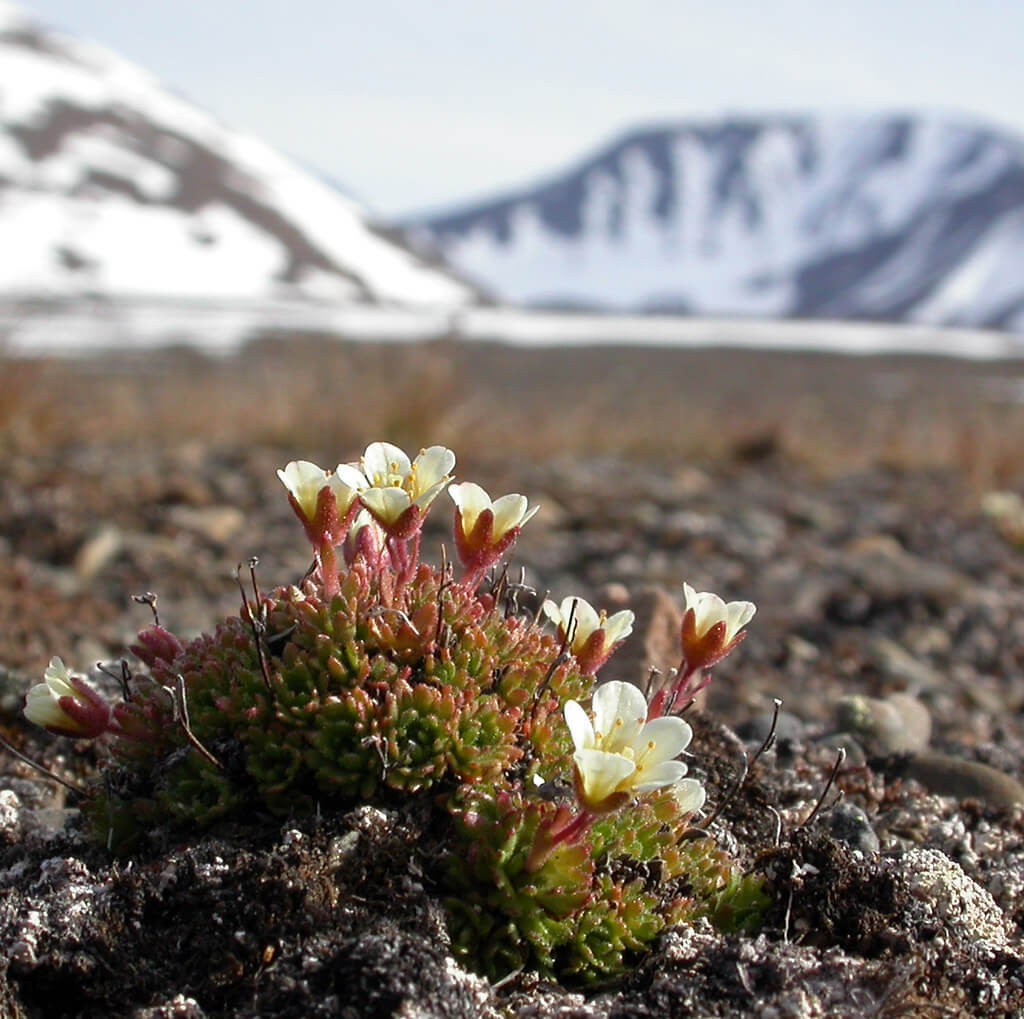
The Tufted Saxifrage is a small, yet resilient perennial plant that has adapted to thrive in the harsh conditions of cold deserts. Its unique features include erect flowers with thick, mat-like structures and foliage characterized by three-lobed tips covered in thick, hairy leaves. Beneath its surface, the plant’s underground root system allows it to withstand the freezing temperatures of these environments.
This remarkable adaptability enables the Tufted Saxifrage to flourish in rocky slopes and crevices, effectively ‘carpeting’ the ground with a protective layer that shields it from the unforgiving climate of the tundra.
Pasque Flower (Pulsatilla vulgaris)
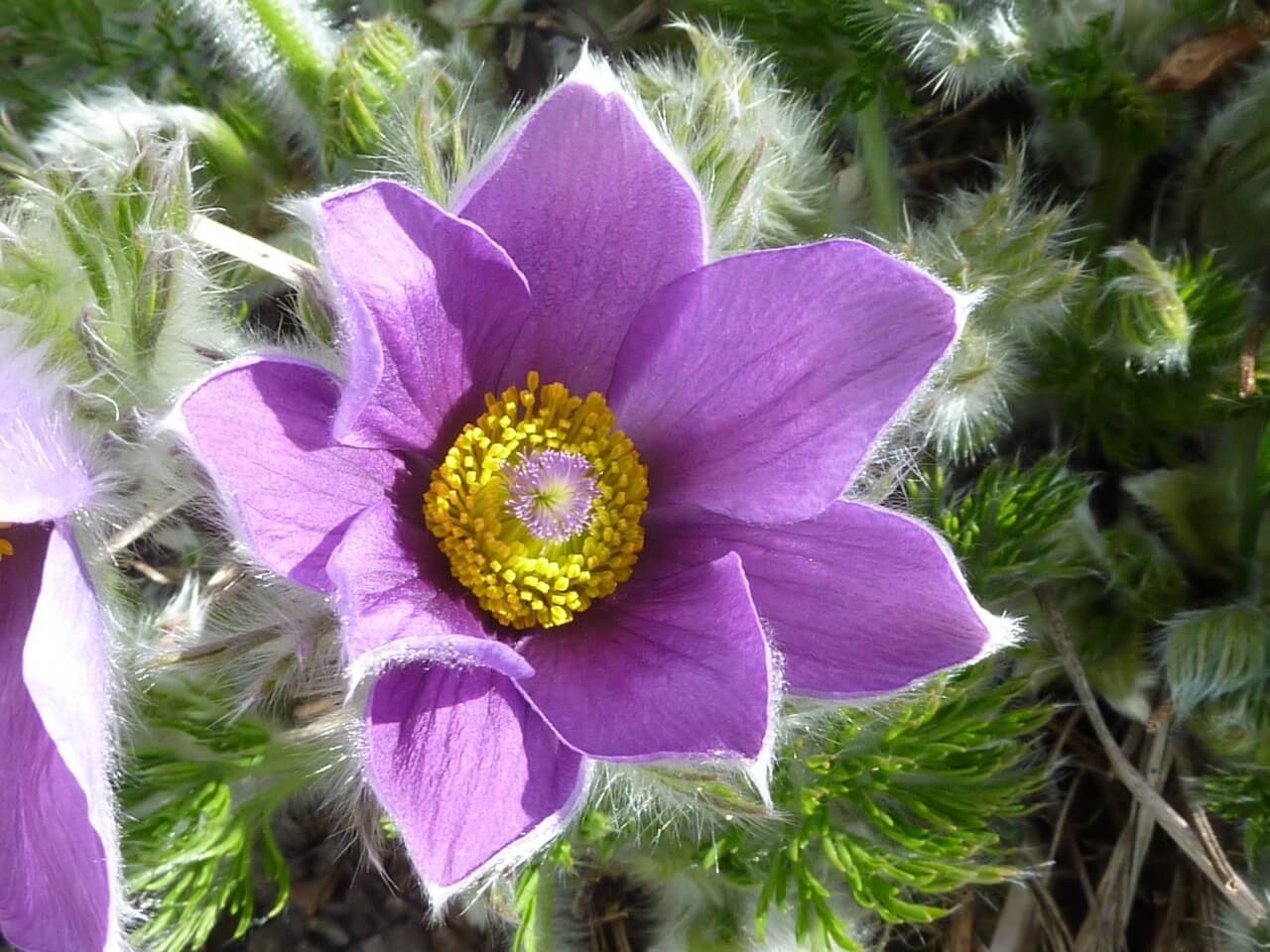
The Pasque flower’s remarkable survival in the harsh tundra climate can be attributed to two key adaptations. Firstly, its silky hairs provide exceptional insulation, effectively shielding the flowers from extreme temperatures. Additionally, its low-growing habit allows it to avoid the biting cold winds that prevail at higher elevations.
Moreover, the plant boasts stunning bell-shaped blooms comprising sepals, as well as distinctive dissected leaves and plumed seed heads, rendering it an attractive choice for ornamental purposes.
The Labrador Tea Plant (Rhododendron groenlandicum)
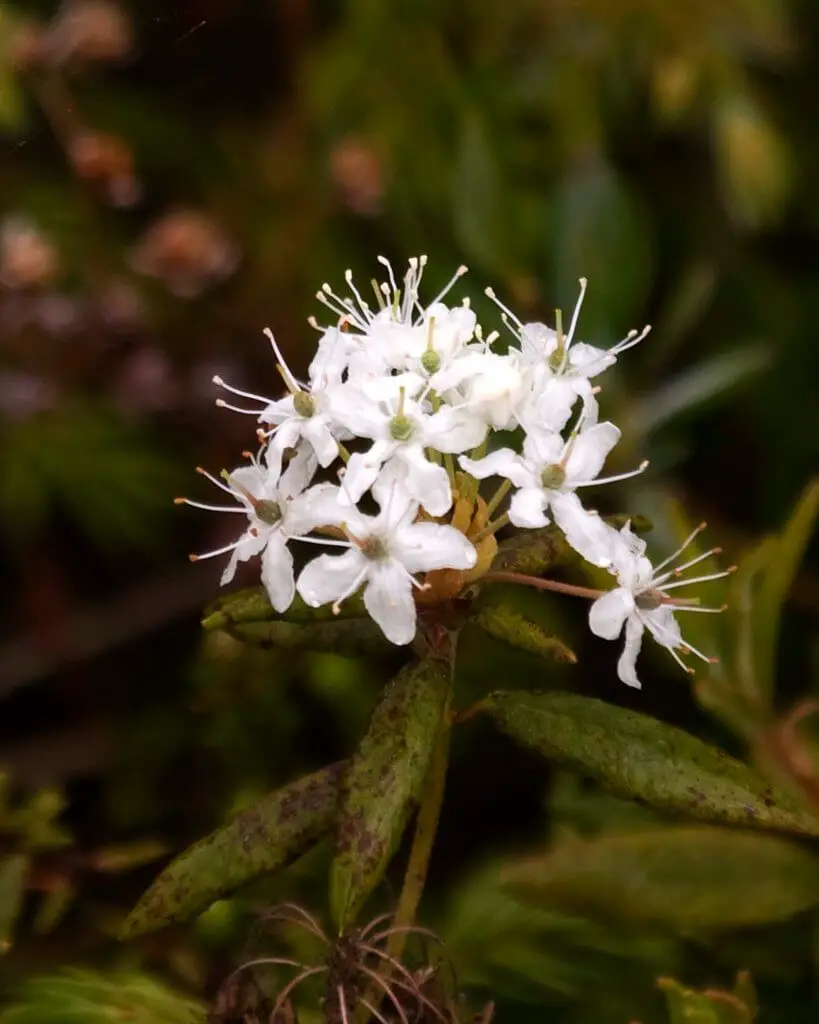
The Labrador tea plant, a stalwart resident of the cold desert tundra, has evolved remarkable adaptations to thrive in this unforgiving environment. Its thick, leathery leaves are perfectly designed for moisture conservation, while its brown hairs cleverly capture and store fog-borne water – essential for survival. The plant’s low-growing habit also allows it to escape the biting winds that sweep across the tundra, further bolstering its defenses.
Additionally, the Labrador tea plant possesses a potent compound called leddol, which has the power to immobilize predators, giving it a unique advantage in this harsh landscape. And, should a fire threaten to wipe out the plant, its ability to sprout from its roots ensures its survival even in the face of adversity.
Succulent Desert Plants
Desert succulents have captured the hearts of many gardeners with their stunning visual appeal and low-maintenance requirements. The popularity of cacti, in particular, can be attributed to their effortless care and varied characteristics. From vibrant colors to unique shapes and sizes, these plants offer endless possibilities for creative expression. If you’re seeking inspiration for your own desert succulent garden, here’s a list of common yet impressive options to consider:
Golden Barrel cactus (Echinocactus grusonii)
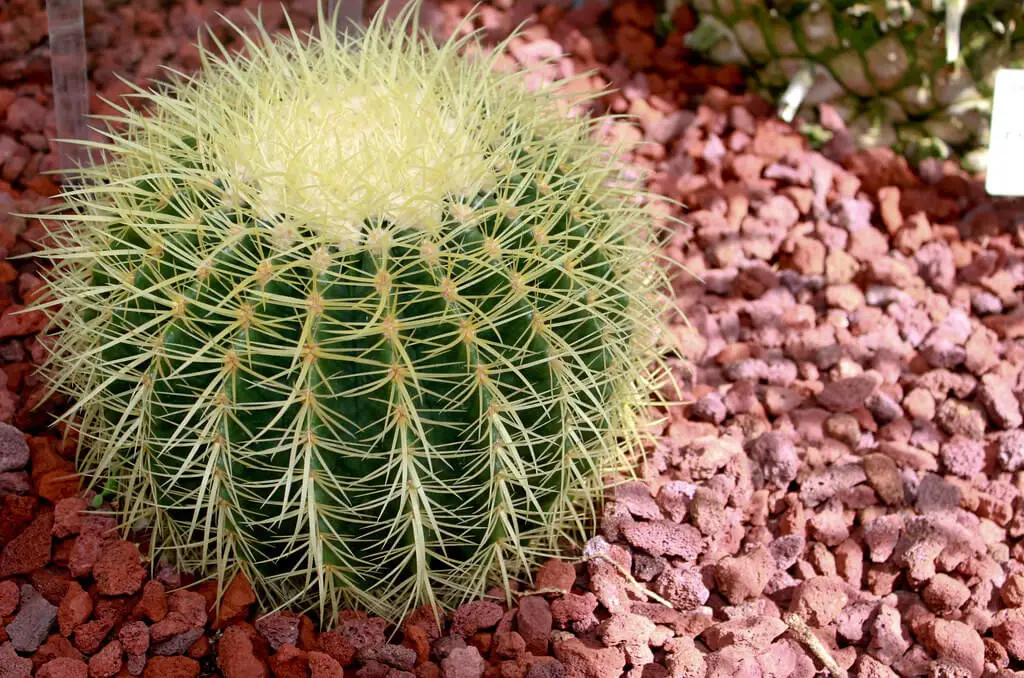
The Golden Barrel Cactus, named for its bulbous shape, boasts a unique appearance featuring golden yellow spines topped with striking flowers. The blooms themselves are greenish-yellow in hue, while the fruits that follow are either yellow or red and remain on the plant until they’re manually removed. Notably, these plants grow at a glacial pace, making them relatively rare to find. However, once acquired, they can thrive in your garden for an extended period.
Another notable characteristic is their natural resistance to diseases and pests, rendering them a low-maintenance addition to any botanical collection. Furthermore, the Golden Barrel Cactus has the added distinction of being edible, opening up possibilities for culinary exploration.
Medicinal Aloe (Aloe vera)
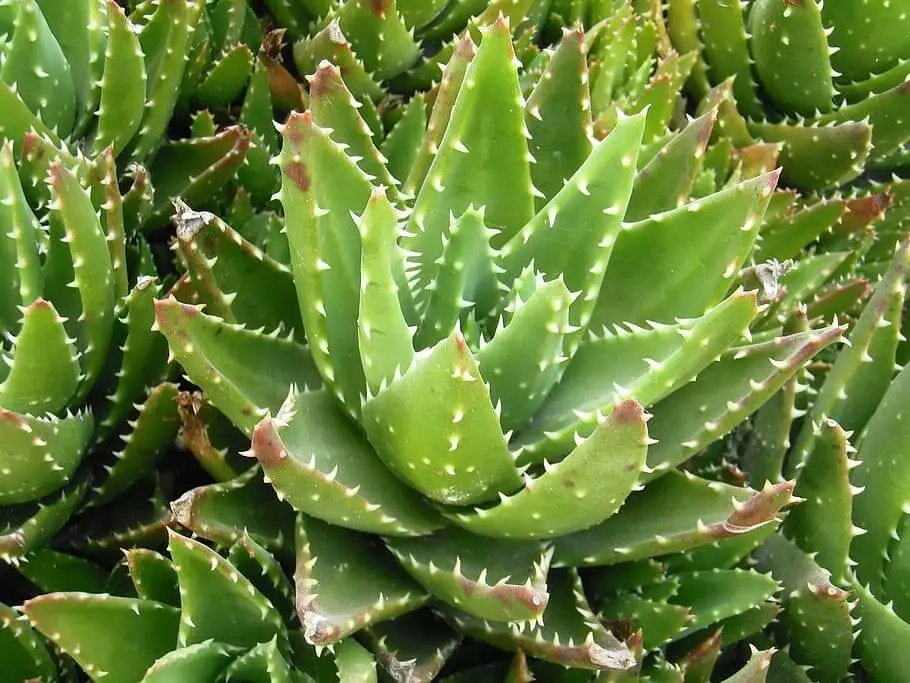
Aloe vera, a plant renowned for its remarkable medicinal properties and ornamental value, has earned a special place in the hearts of people worldwide. Beyond their widespread recognition as a key ingredient in skincare products and ointments, these plants are also celebrated for their adaptability to thrive in arid environments. The stemless, succulent Aloe vera boasts thick fleshy leaves with a striking green hue, accompanied by pendulous flowers featuring serrated edges.
Its global popularity stems from its ability to flourish effortlessly in dry regions, making it an ideal choice for gardens and landscapes that require minimal maintenance.
Bunny Ear Cactus (Opuntia microdasys)
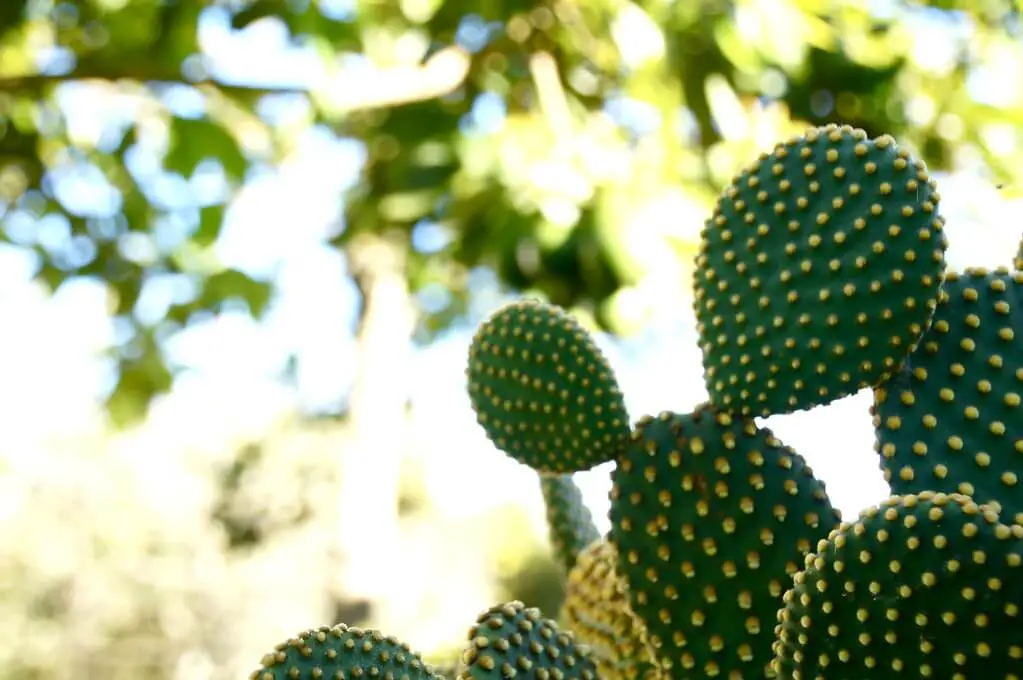
At first glance, this stunning cactus appears to be spine-free, but upon closer inspection, tiny spines come into focus. While these miniature spines may cause minor discomfort when they catch your skin or clothes, they are an integral part of the plant’s natural defense mechanism. Despite their potential drawbacks, these beautiful plants can thrive in a well-designed garden, provided you replicate the desert conditions that allow them to flourish naturally.
Not only are they relatively easy to plant, but even novice gardeners – including children – can learn to care for them effectively.
Queen Victoria Agave (Agave victoriae-reginae)
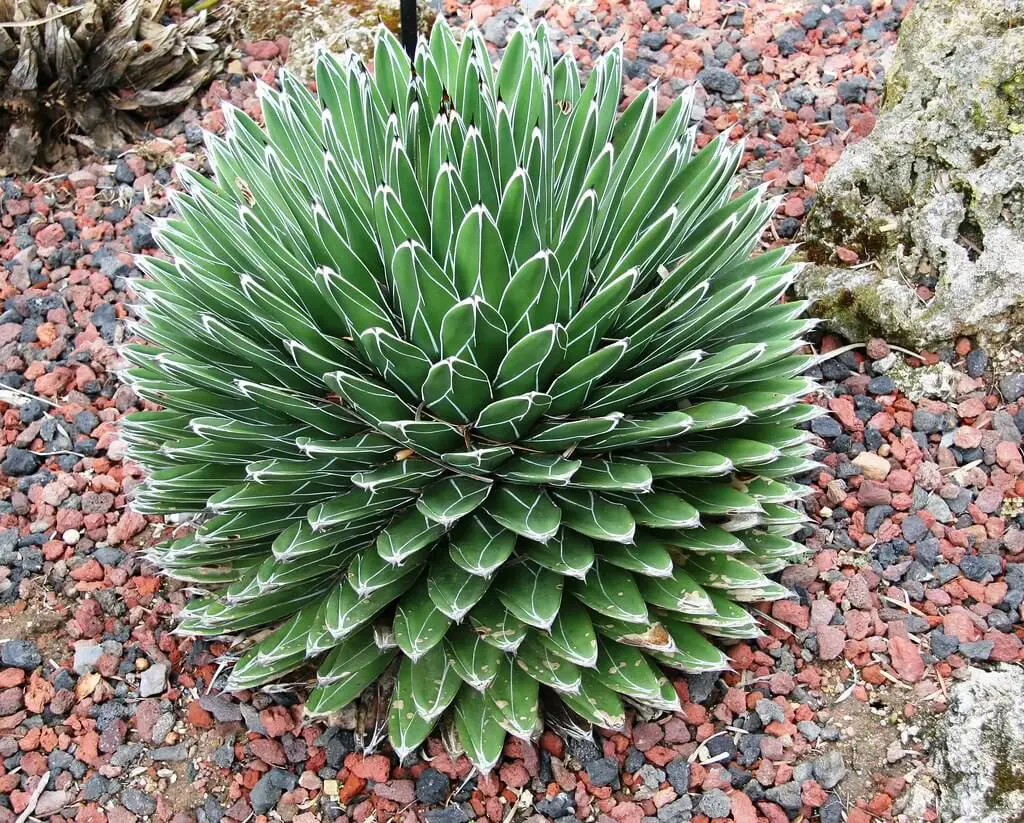
Brewbooks, the charming plant, owes its name not to Queen Victoria’s fame, but rather to its unique characteristics. Native to Mexico’s Chihuahuan desert, this drought-tolerant beauty thrives in gardens just as well. Its striking rosettes, reminiscent of artichokes, form a beautiful, rounded shape with tightly packed foliage that resembles a whorl.
This low-maintenance plant can flourish for up to 15 years in your garden, providing long-term visual appeal if grown in well-draining soil and with regular irrigation.
Desert Spoon (Dasylirion wheeleri)
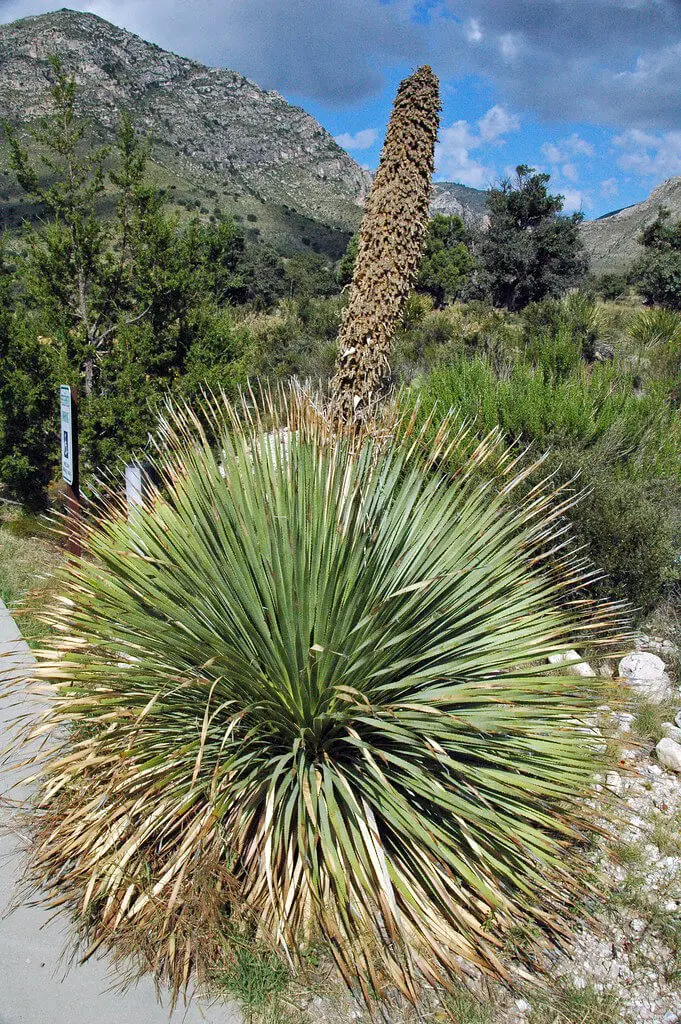
James St. John’s fascinating article delves into the world of succulents, focusing on the remarkable Desert Spoon plant. Native to Northern Mexico, this evergreen species has adapted remarkably well to the harsh desert environment. Its drought-resistant nature makes it an ideal choice for homes seeking a low-maintenance ornamental. When planted in full sun, the Desert Spoon flourishes, its unique characteristics shining through.
The plant’s distinctive spoon-shaped base and short trunk give rise to its name, while its flowering stem produces small, straw-colored blooms that add a touch of elegance to any space.
Living Stone Succulent
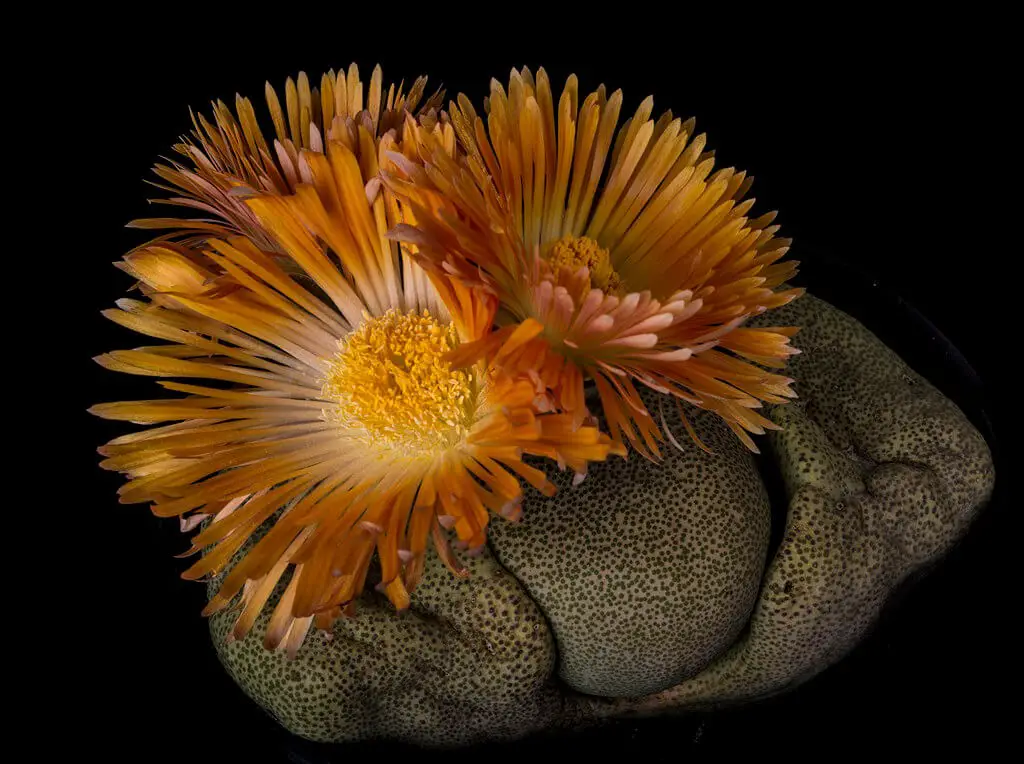
Bill Gracey is often quoted as saying that the living stone succulent is the best that has ever evolved, but this couldn’t be further from the truth. Native to Southern Africa, this enigmatic plant has a unique way of protecting itself from predators by blending seamlessly into its surroundings. At first glance, the living stone plant resembles nothing more than pebbles or small stones, but take a closer look and you’ll discover that it’s actually a thriving greenery.
For those who call dry climates home, this low-maintenance plant is perfect – requiring just two inches of rainfall to thrive. Its thick, stony exterior is capable of storing water for extended periods, allowing it to grow at a glacial pace over the course of years. However, if you succumb to the temptation to water it too frequently, be warned: the living stone succulent will swiftly meet its demise.
Conclusion
Desert plants are incredibly diverse, with various species showcasing their own distinct characteristics. While they share some similarities with other types of flora, each species has its unique growth habits and uses.
It’s crucial to comprehend the nuances of every desert plant before selecting one for your home garden or otherwise. You’ll want to distinguish between those that are suitable for cultivation and those that should be avoided.
By doing so, you can confidently differentiate between edible and poisonous species, ensuring a safe and harmonious coexistence with these remarkable plants.
Related Posts
To embark on a rewarding career as a plant breeder, follow this step-by-step guide. Begin by developing a solid foundation in horticulture, either through formal education or hands-on experience. Join professional organizations and attend conferences to stay updated on the latest techniques and advancements. Next, gain practical skills by working with experienced breeders or starting your own small-scale breeding program.
As you progress, focus on building relationships with nurseries, wholesalers, and other industry professionals. Consider earning a degree in plant breeding, genetics, or related fields to further solidify your knowledge and credentials. Finally, stay curious and committed, as the process of creating new plant varieties is often trial-and-error. With dedication and perseverance, you can successfully navigate this career path.
Transforming outdoor spaces with upright growing container plants is a great way to add visual interest and create vertical accents. Perennial plants like ornamental grasses or flowering vines are excellent choices for adding texture and height to your containers. For an instant impact, try using annuals like coleus or creeping Jenny to add pops of color and movement.
/nEnhance the beauty of shady outdoor locations with flowering Vinca plants.
These versatile plants thrive in low-light conditions and produce a profusion of blooms in shades of pink, purple, blue, and white. Plus, they’re easy to care for and can be used as groundcover or trained up trellises.
Elevate your autumn decorating game with seasonal container plants featuring annuals and perennials. Look for varieties that offer a burst of color, like mums, asters, or sedum, to add warmth and depth to your outdoor spaces.
For year-round interest, consider incorporating evergreen shrubs or succulents into your design.
/nBringing life-giving foliage plants to dry, shady gardens can be a game-changer for these often-neglected areas. Look for adaptable species like ferns, hostas, or impatiens that can thrive in low-light conditions and provide a lush, verdant backdrop for your outdoor spaces.
/nDiscover the benefits of plant delivery services, which offer a convenient way to get the plants you need quickly and efficiently.

